10 Interesting Tales From Marvel During The Golden Age Of Comics
Marvel's line of superheroes has become the most well-known heroes in popular culture thanks to the success of the Marvel Cinematic Universe. The root of the MCU's success were the superheroes created during a five-year burst of creativity at Marvel Comics during the early 60s.
However, Marvel Comics' story did not begin in 1961, but over twenty years earlier. Marvel's early period is less talk about in comparison to Marvel in the 1960s but has many intriguing stories worth telling.
Here are the 10 interesting tales from Marvel during the golden age of comics:
1. Timely Comics did not Publish All of Their Comics Under that Name
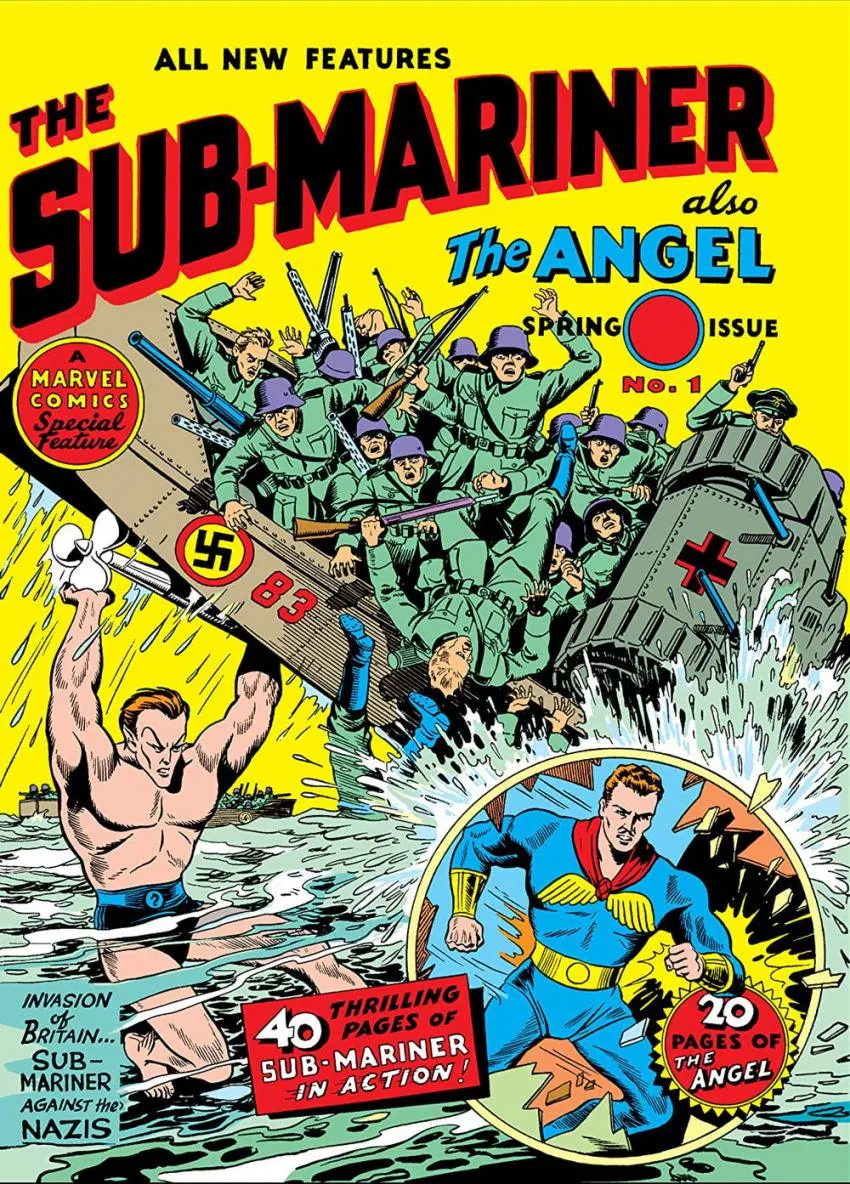
Comic book historians often refer to Marvel comics published between 1939 to 1950 as being published by Timely Comics, which does not reflect actual history. While Timely Comics publish Marvel Comic, other publishers like Manvis Comics published Sub-Marinier Comics.
This confusion over Marvel's character in the series of multiple publishers resulted from how Martin Goodman operates his publishing empire. Goodman's business empire conducted itself as multiple shell companies. A practice he did so that he could recoup any fail endeavor by buying out his own bankrupt company. This practice, however, made it harder for Goodman to build up a brand.
2. Contractors Produced Marvel's Early Comics
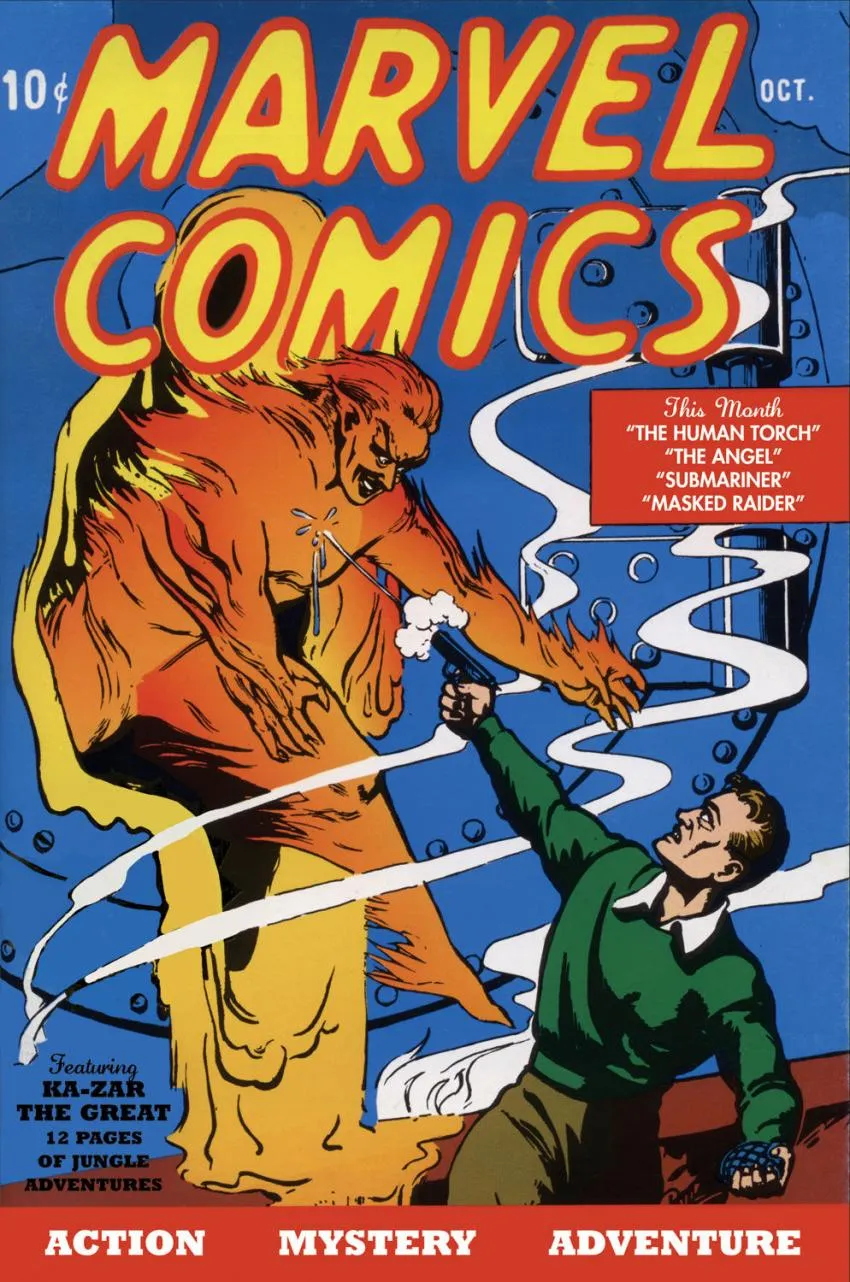
Goodman first operated Marvel Comics as an expedition to see if the post-Action Comics comic book boom would be a profitable expansion for his publishing empire. One result of this attitude was that contractors produced Marvel's entire first year of comics.
Most of these contractors worked in a comic book packager, which produced a whole issue for a publisher interested in entering the comic book market but did not want to hire dedicated creators. The packager that Marvel utilizes the most was Funnies Inc. that includes many creators that Marvel would hire once they decide to have its own comics staff.
3. Marvel Fired its Entire Staff in December 1949
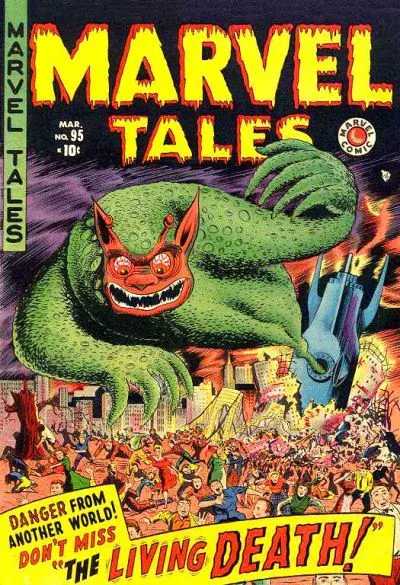
For most of the 1940s, Marvel had a massive comic book staff. However, this state of affairs would end in December 1949. That month was when Martin Goodman fired Marvel's entire office staff and made them freelancers for the company.
This chain of events that led to this mass firing resulted from Martin Goodman finding out that his Editor-in-Chief Stan Lee and predecessor Vincent Fago had built up a massive backlog of inventory stories. While comic book publishers naturally produced inventory stories to help keep comics monthly in the face of creators' potentially missing deadline, Marvel by 1949 had a full closet full of unused inventory stories.
Goodman, however, felt he was losing money producing a ton of stories that would never be published. His solution was to fire the entire staff at Marvel comics and publish the inventory stories for the next couple of months. However, Goodman kept some of his former personal as freelancers to allow the company to produce new comics to follow some developing trend
4. The Name Marvel Came From an Advertiser
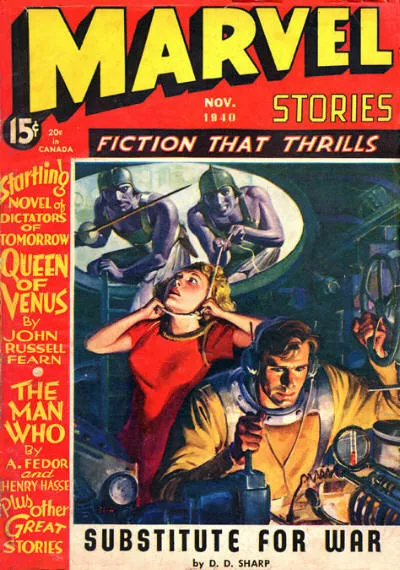
The association between the word marvel and the comic book company that would bear that name in the 1960s goes back to Martin Goodman's pulp magazine ventures. Back in 1936, Goodman has used the title of a sci-fi magazine called Marvel Science Stories. The name comes from one of his key advertisers, Marvel Home Utilities.
When in 1939, Martin Goodman needed to come up with a name for his company's first comic book, he decided to reuse marvel to describe his new comic. From then on, Marvel Comics later renamed Marvel Mystery Comics, would become one of Marvel's best sellers. This association of the word marvel with Goodman's published comics would lead the company to renamed Marvel in the 1960s.
5. Funny Animals Comics Were Big for Marvel During the 1940s
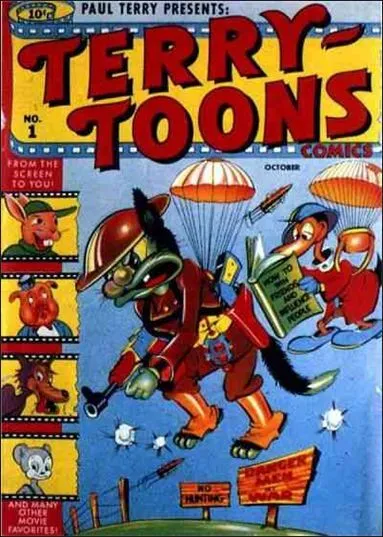
Despite people remembering Marvel's 1940s output for Superheroes like Captain America and the Sub-Marinier, its 1940s lineup was a lot more diverse. One of its biggest sellers was humor and funny animal comics during the 1940s.
These high sales resulted from both a World War-induced desire for lighter reading material and Marvel gaining the license to publish comics featured the Terry-Toons' line of cartoon characters. It also led to Marvel spilling its staff in two between one focus on making Superhero comics and the other concentrated on more humorous works.
6. World War II Greatly depleted Marvel's Staff
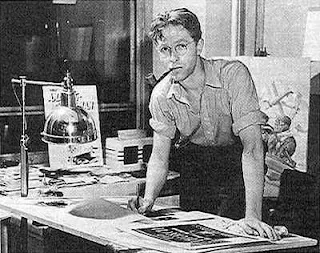
Another way that the Second World War impacted Marvel's creative staff was that the draft. Not only did Marvel lost its current Editor in Chief Stan Lee to the draft, but some of its most acclaimed creators like Carl Burgos and Bill Evertt.
This loss of talent hit Marvel's superhero division hard with barely any new superhero titles were released by Marvel between 1943 and 1945. However, Marvel's humor line was still going strong thanks to the draft affecting them to a lesser extend.
7. Marvel Tended to Follow Trends Rather than create them
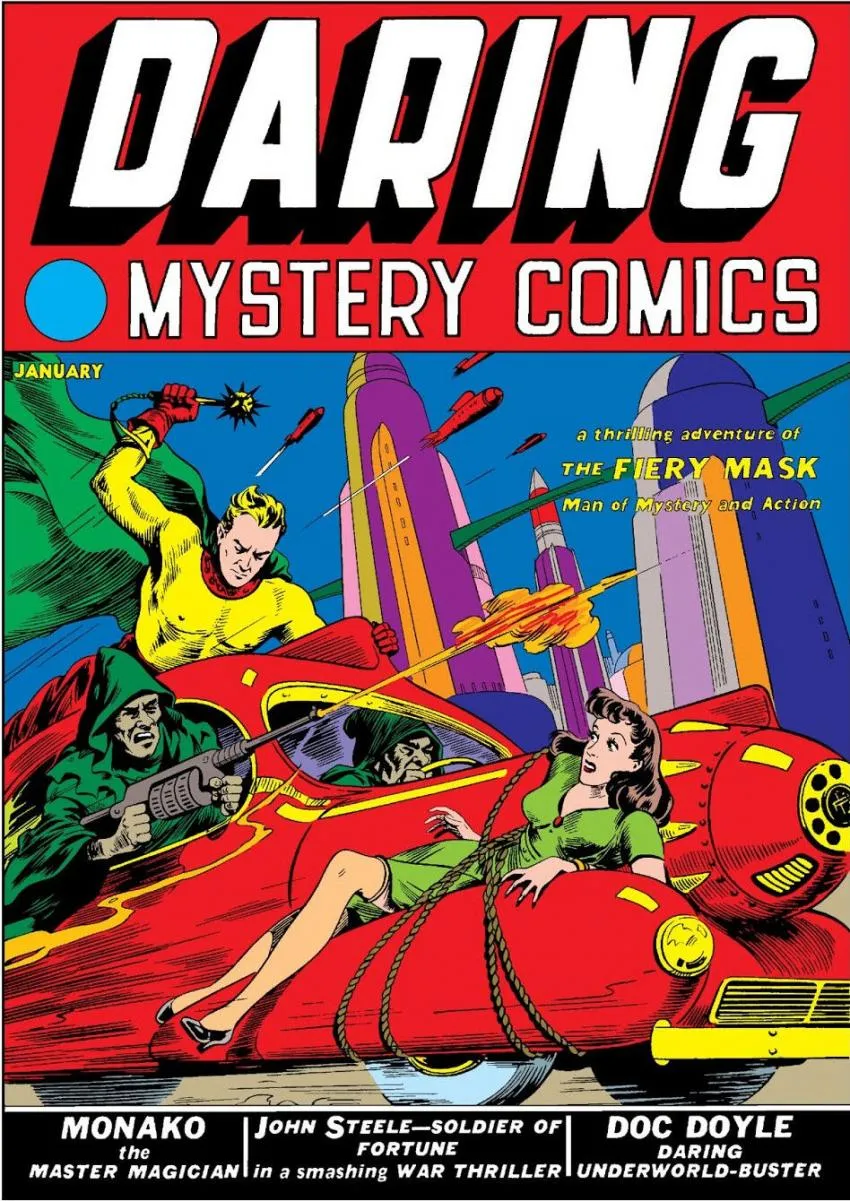
While Marvel was the main creative force driving change in the comic book industry during the 1960s, it was different in the 1930s and 1940s. Thanks to Martin Goodman's experience running a lower-end pulp publisher, he felt it was better to copy what was popular than making something original.
This trend is quite apparent in how many of Marvel's lesser-known superheroes were rip-offs of the more well-known superheroes. Like Marvel's first year of the comic was filled with many Spirit knockoffs. Marvel even copied its creation like Joe Simon's first assignment was to make a rip-off of the Human Torch.
8. Goodman's Business Strategy Caused Joe Simon and Jack Kirby to leave Marvel
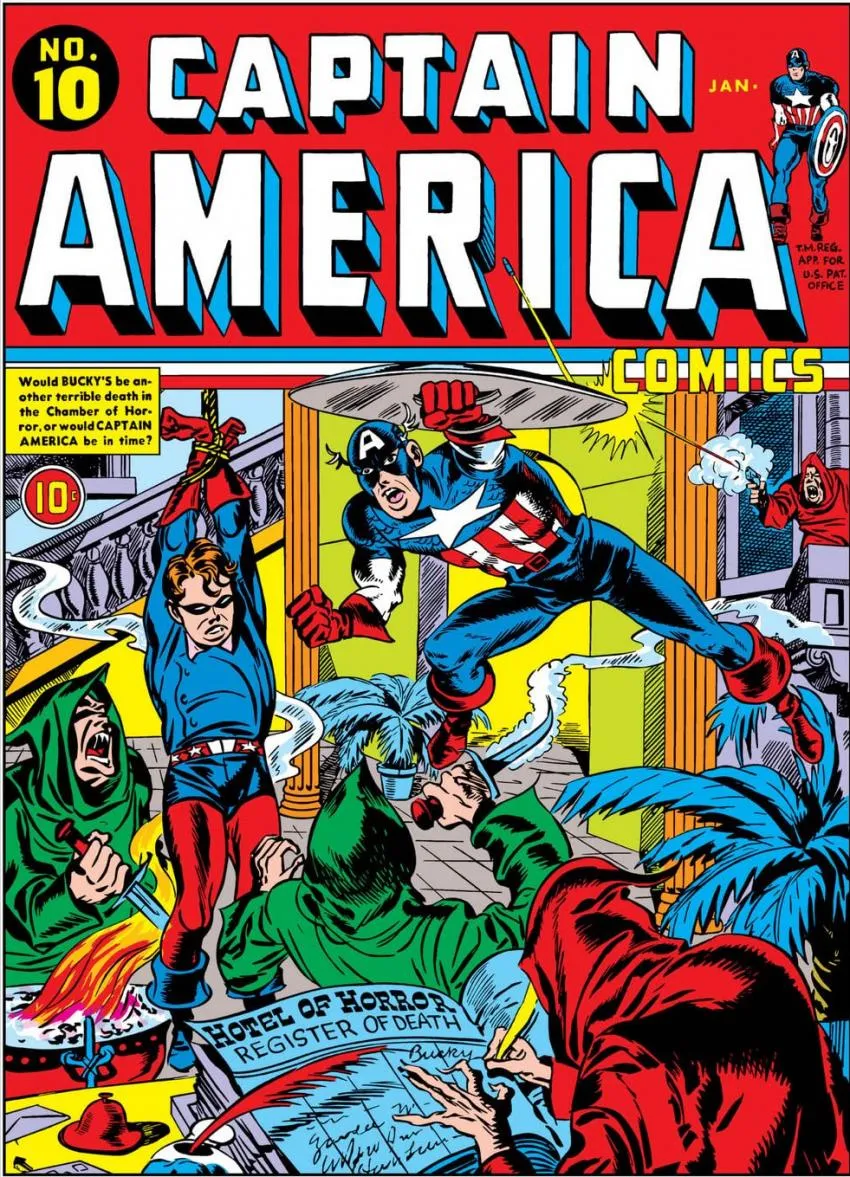
The most creative duo at Marvel from 1940 to 1942 was that of Joe Simon and Jack Kirby. The duo's most famous creation for Marvel was Captain America, who became Marvel's most profitable character in the early 1940s. Captain America was selling well enough that Martin Goodman agreed to give Simon a decent portion of each issue's profit.
Goodman, however, decides to prevent Simon from getting his share of the profit through financial trickery. Goodman trick Simon out of his cut by having various business costs added to Captain American Comics' expense so that it appeared to be unprofitable.
When Joe Simon and Jack Kirby were informed of this fact by Goodman's accounted, there were quite angry at Goodman. This revelation would lead the duo to leave Marvel for a better contract with DC comics in 1942.
9. Marvel Often Canceled and Relaunched Comic Series
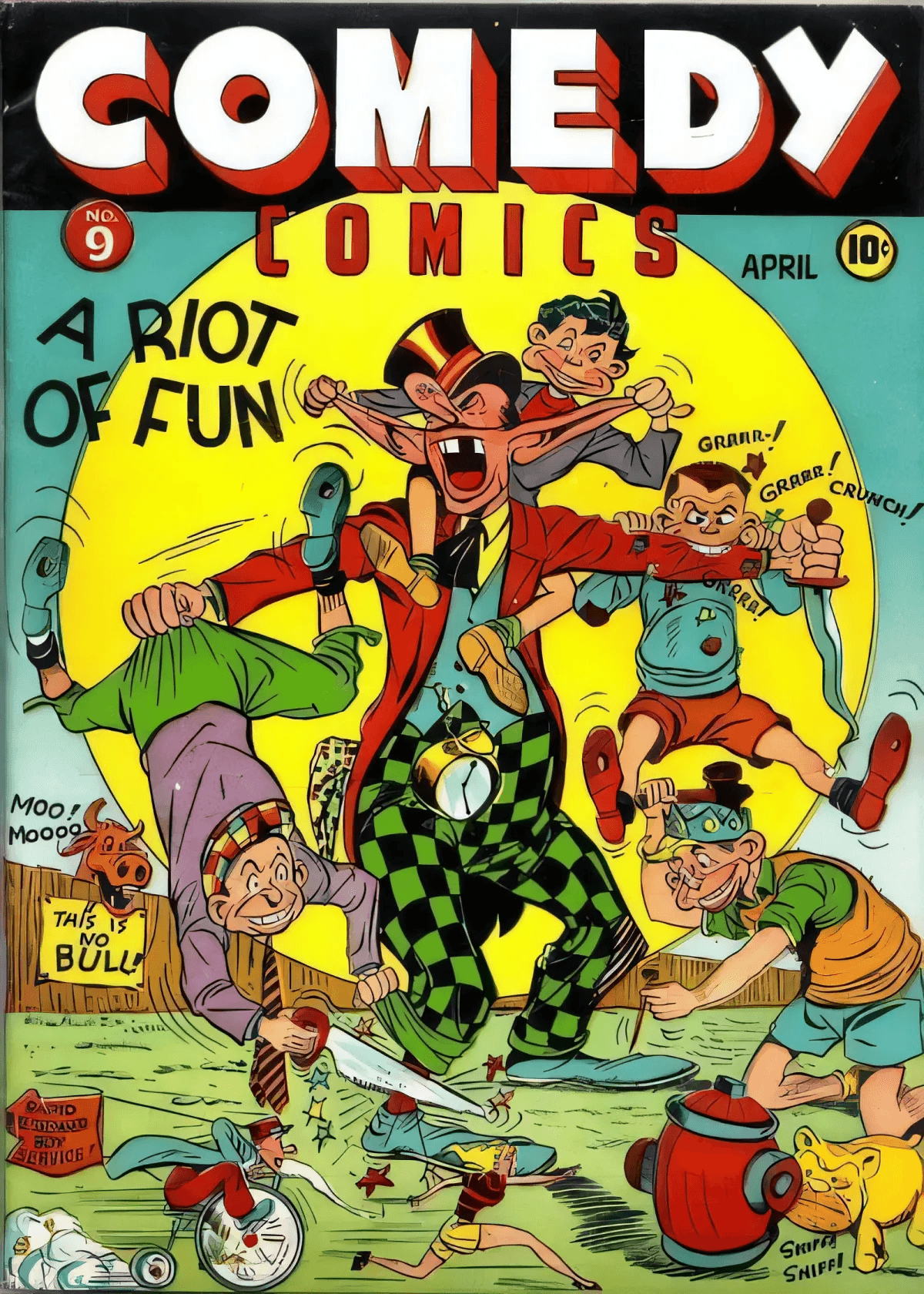
stories meant for Daring Mystery Comics no. 9
While Marvel Mystery Comics, Human Torch Comics, Captain America Comics were massive hits for Marvel, not every comic they produce was a hit. Most noticeably were Daring Mystery Comics and Mystic Comics, who would experience a series of cancellations and relaunched.
Marvel first canceled Daring Mystery Comics due to a lawsuit a character appearing in issue six. After being brought back for one issue six months later, Marvel canceled Daring Mystery Comics again for another nine-month in response to the shake-up at Marvel at the time. Then after its eighth issue, it would be renamed Crazy Comics.
Mystic Comics would go through two similar hiatus. The first was a seven-month hiatus between issues 4 and 5 resulted from a change in packager. Later there were another seven months between issue 5 and 6 before Marvel decided to revamp Mystic Comics to be the vehicle for the Stan Lee created hero, the Destroyer.
10. Human Torch Comics had Two Issue Number Five
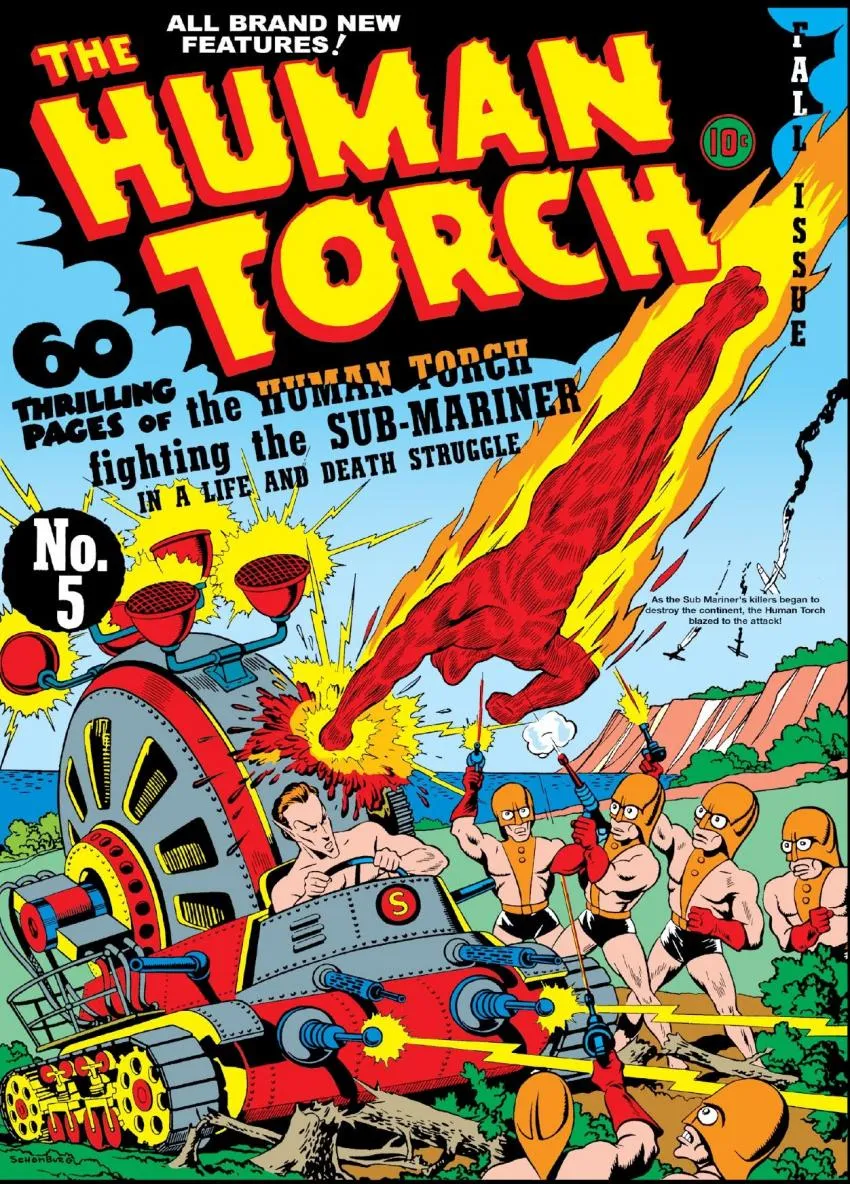
Marvel tended to create new series with the numbering of a previously cancel series. A practice invented to avoid having to pay a mailing company to ship an entirely new series. For example, Human Torch Comics' first issue took its numbering from Red Raven Comics.
Resulting when somebody at the mailing company became annoyed with this practice and demanded that Marvel publish two different Human Torch Comics number five so that number on the comic matches the actual number of issues.
Conclusion
These ten tales from Marvel's early days tell us a lot about the early cut-throat days of the American Comic Book industry. From its origins in the pulp industry to its struggle during the Second World War and its aftermath, Marvel's story was just one of many other stories.
Hopefully, these ten tales will spark an interest in learning more about the history of Golden Age comics. This era includes many other intriguing and bizarre stories worth telling.
Opinions and Perspectives
These early growing pains really show why the Silver Age was such a breakthrough period.
Sometimes I think the behind-the-scenes drama is more entertaining than the actual comics!
This really was the wild west of comics publishing. Everyone making it up as they went along.
Just think how many great stories were lost because of all this corporate shuffling.
Love these kinds of historical deep dives into comics. There's always something new to learn.
I bet those early comic packagers had some amazing talent we never heard about.
All these business decisions really shaped how the industry evolved. Fascinating stuff.
The contrast between Marvel then and now is stark. They've come such a long way.
This explains why so many Golden Age comics are hard to track down. All those different publishers!
Imagine being a freelancer back then with no job security and probably terrible pay.
The whole shell company setup sounds so complicated. Must have been a nightmare for accounting.
Reading this makes me want to dig through some Golden Age comics just to see these stories firsthand.
Wonder if any of those Terry-Toons characters could make a comeback in modern Marvel.
Those early creators deserved better. They were building the foundation of an entire industry.
The business side was so messy back then. It's amazing any companies survived to become what they are today.
That backlog of inventory stories could have been a goldmine if handled properly.
Never considered how WWII would affect comic production. Must have been tough losing so many artists.
Goodman sounds like he was running Marvel like a pulp magazine factory rather than a creative company.
The constant staff changes must have made it hard to maintain any consistent quality.
Pretty clever how they used old series numbers for new titles to save on mailing costs.
I'm most intrigued by the comic packagers. Must have been like the indie studios of their day.
Love learning about this era. Each new detail makes me appreciate modern comics even more.
This really puts those early Timely Comics prices at auctions in perspective. So much history there.
The whole mailing permit thing seems so bureaucratic, but I guess it shaped how comics were published.
You can see why Stan Lee pushed so hard for creator credits in the 60s after experiencing all this.
Finding out about all these defunct publishers like Manvis Comics is fascinating. Wonder what else is lost to history.
These early business practices really explain why creator rights became such a big issue later on.
I've read some of those early Marvel funny animal comics. They're actually pretty entertaining!
The post-Action Comics boom really changed everything. Everyone wanted a piece of that superhero pie.
Those must have been exciting times, even with all the chaos. The industry was still figuring itself out.
It's amazing how many of these business practices from the 40s are still happening in comics today.
Imagine being the person who had to deal with two issue #5s at the mailing company. What a headache!
The whole inventory story situation sounds like modern day tech startups hoarding code.
I'm actually glad Marvel followed trends back then. We got some interesting variations on popular characters.
The lawsuit mentioned about Daring Mystery Comics issue six has me curious. Anyone know what that was about?
Fascinating how they split the staff between superhero and humor comics. Smart way to diversify.
The way they handled Captain America's profits was pretty shady. No wonder the industry had such a bad reputation.
Those early creators really got a raw deal. At least nowadays there are better contracts and royalties.
Does anyone know what happened to Marvel Home Utilities? Kind of funny they inadvertently named a media empire.
Wonder if any of those unused inventory stories from 1949 still exist somewhere in Marvel's archives.
The constant relaunches of Daring Mystery Comics sound exhausting. Must have been frustrating for readers.
Interesting that Marvel's humor comics were such big sellers. We hardly ever hear about that part of their history.
I can't imagine working on comics during WWII, knowing your work might be the last thing some soldiers read.
Not surprising that wartime made people want lighter reading material. Same thing happened with movies.
All this business strategy stuff reminds me why I prefer reading about the creative side of comics.
The draft affecting the humor division less makes sense. I imagine the funny animal artists were probably older.
Makes you wonder how many great creators got their start through those comic packagers like Funnies Inc.
The article mentions Spirit knockoffs. I'd love to see some examples of these early copycat characters.
I disagree about the shell companies being smart. If Goodman had focused on building the brand earlier, Marvel might have dominated sooner.
This puts the whole Marvel vs DC rivalry in a new light, especially considering the Simon and Kirby situation.
Being an artist during the Golden Age sounds incredibly unstable. One day you're staff, next day you're freelance.
It's kind of sad that Marvel started as a trend follower rather than a trendsetter. Glad they eventually found their voice.
The way they handled numbering issues seems so confusing. Must have driven collectors crazy trying to keep track.
I love learning about this stuff. The behind-the-scenes business drama is just as interesting as the comics themselves.
Those Terry-Toons comics must be worth a fortune now, considering how few people probably kept them.
Seriously though, how did they manage to accumulate so many inventory stories without anyone noticing sooner?
Reading this makes me appreciate Stan Lee even more. He stuck with Marvel through all these early growing pains.
Pretty smart of Goodman to use shell companies to protect against bankruptcy, even if it made branding harder.
The constant canceling and relaunching of series reminds me of how comics still do that today to boost sales.
Never knew about Funnies Inc being behind Marvel's first year. Makes me wonder what other comic packagers were operating back then.
I find it fascinating that Marvel got its name from a home utilities company. Talk about random beginnings!
It's wild to think how different things might be if Goodman had treated Simon and Kirby better. They might have stayed and created even more iconic characters.
The whole mailing number thing seems so petty now but I guess it was a big deal for distribution back then.
That draft during WWII must have really impacted the quality of stories when they lost so many key creators.
I'm surprised to learn that Marvel wasn't always the industry innovator we know today. They really were just following trends back then.
Actually, some of those inventory stories did eventually get published in the 50s, just with updated art and dialogue.
The inventory stories situation that led to firing everyone in 1949 seems so shortsighted. I wonder how many great stories were just sitting there unused.
Interesting how Martin Goodman basically scammed Joe Simon out of his Captain America profits. No wonder they left for DC.
Can't believe they had to publish two issue #5s of Human Torch Comics just because the mailing company got annoyed. That's hilarious!
The part about the funny animal comics being big sellers during WWII is fascinating. Shows how people needed that lighthearted escape during such dark times.
I had no idea Marvel's early days were so chaotic with all those shell companies. Really makes you appreciate how organized they are today!
